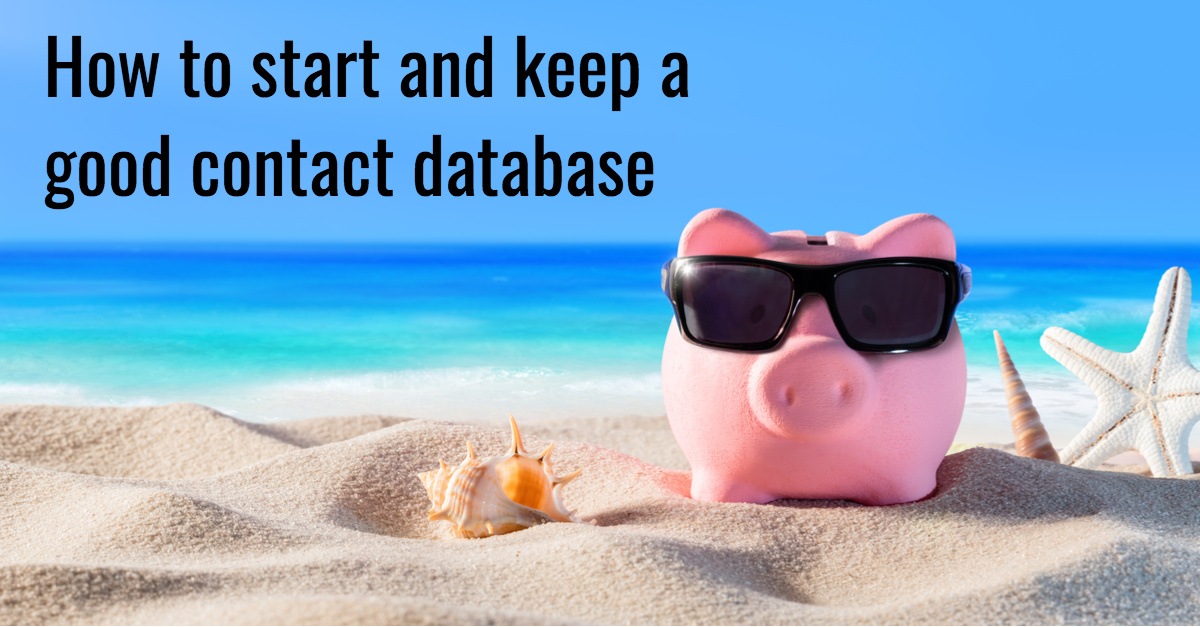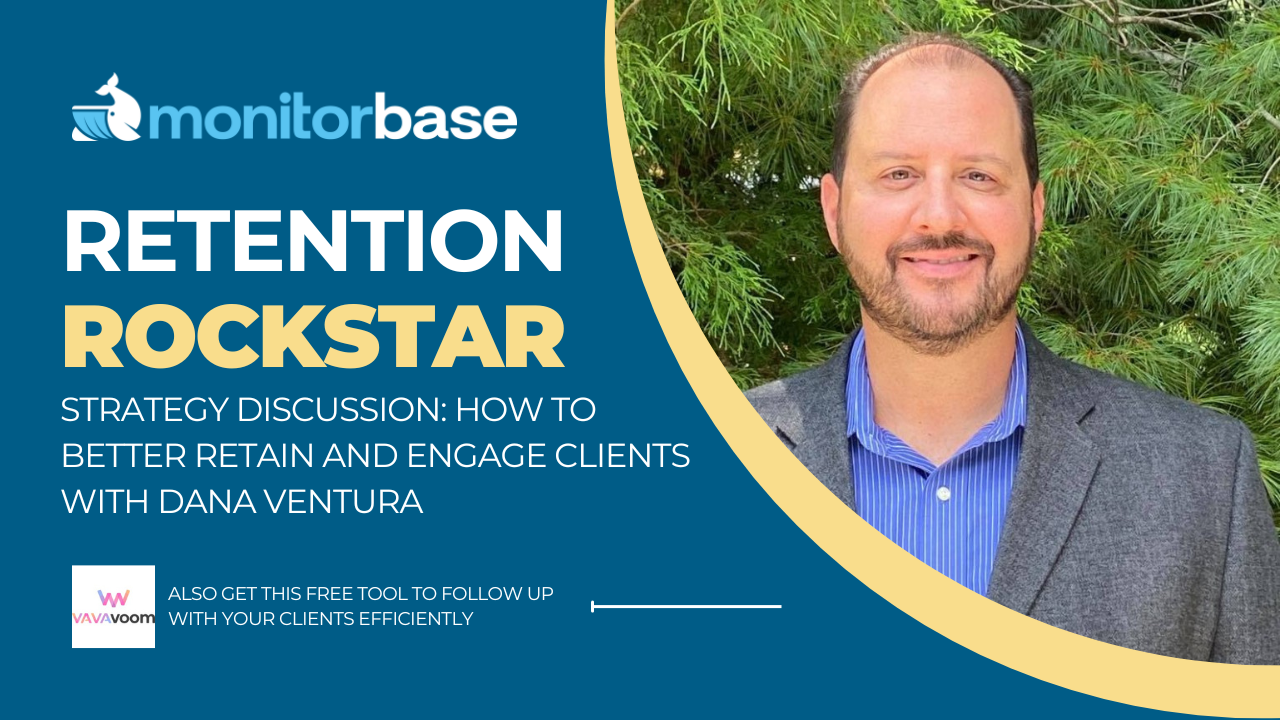
Your contact database is your most valuable business asset and a critical piece of your mortgage lead generation efforts.
It’s simple, if a person knows your name or even knows you through an affiliate relationship, you are far more likely to do business with that person than someone in your market that has never met you.
Have you been keeping a good contact database of every person you come in contact with in your professional career? When we ask that question to mortgage professionals, the answer is usually no. That’s ok, they are still out there.
Statistically, 1.5-2% of the people you know will be entering the market for a mortgage each month. This gives you a little perspective into the value of keeping track of your contacts. That means if you can think of 1000 people that you know or have some connection with, 15-20 of them are entering the market for a mortgage every month. And if they will recognize your name, there are countless ways to get in contact with these people when the time is right.
Here are three easy steps to get started keeping a good contact database:
Step 1: Where to organize your contacts. If you haven’t picked out the perfect CRM, no problem. You don’t need to spend a fortune on a CRM to get started, and you don’t need to pick the perfect one that has all the whistles and bells. The first step is just to get all your data in one place. You can start by getting it all together in a spreadsheet if you want, or try a free CRM like Hubspot. Just the act of gathering all your data together will get you on the right path and you will start to realize the gold mine that you have.
Step 2: Gather your contacts. When you start this process you will probably find you have more contacts than you think. Here are a few places to start gathering contacts for your database:
- You email address book.
- Your phone contacts.
- Previous clients.
- Denied or cancelled prospects that didn’t complete a transaction with you yet.
- Friends and family, and more friends, and more family!
- Social media connections and friends.
- Old leads you have purchased in the past.
- Old referrals whether you won their business or not.
- Local communities that you are a part of.
- Your neighbors.
- Teams or clubs that you are or have been a part of.
It’s important to note that you will need more than a First and Last Name when creating contacts in your database. Try to have at least an email address, phone number, or home street address for each contact. With one piece of contact info for a person there are many services that will help you append additional contact info to your record.
Step 3: Make a habit of entering new contacts. Every day you encounter new people in your business and personal life. Make it a point to put everyone you come in contact with in your database! Think of every record that you input into your database as an asset that is growing in value every day. One day in the future they will be in the market for your services, in fact, many of these people are thinking about making a move as we speak.
Read Next: What are database monitoring alerts and how should I use them?
-1.jpg)
Product Launch: Email prescreened offers of credit
We are proud to announce the addition of email delivery for prescreened offers of credit within the MonitorBase mortgage lead generation platform! We...

Retention Rockstar Strategy: How To Better Retain and Engage Clients
How can we improve customer retention and engagement in the mortgage industry? MonitorBase is joined by Dana Ventura of Mortgage Strength Group to...




